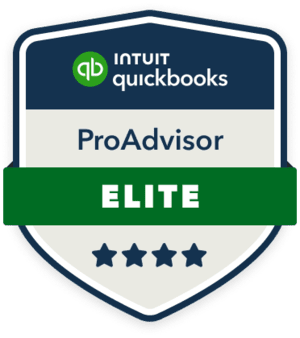At Protea Financial, we know that as the harvest dust settles and the last bottles of the vintage are tucked away, your focus shifts toward the future. However, before you dive into the next year’s budget, there is one critical financial task remaining: the year-end close.
For wineries, this process is far more complex than for a standard business, demanding specialized attention to inventory, compliance, and multi-year cost allocations. We believe that a strong, organized year-end closing is the single most important step you can take to ensure accurate tax filings, maximize deductions, and set a resilient financial foundation for the coming year. Here is an overview of the essential wine-industry-specific procedures necessary to close out your financial year with strength and confidence.
Mastering the Inventory & Cost of Goods Sold (COGS)
Inventory is the lifeblood of your winery and typically your largest asset. Getting the year-end inventory valuation right is non-negotiable for accurate financial statements and tax compliance.
- Final Physical Inventory Count: We recommend performing a meticulous, wall-to-wall physical count of all inventories on hand as of the last day of the fiscal year. This includes:
- Finished Goods: Bottled wine (by case and vintage).
- Work-in-Progress (WIP): Bulk wine in tanks and barrels (measured in gallons or liters), categorized by vintage and stage of aging.
- Raw Materials: Unused grapes, packaging materials (bottles, corks, labels), and unused cellar supplies.
- Inventory Valuation: Ensure your chosen inventory costing method (e.g., FIFO, Weighted Average) is applied consistently across all categories. This step requires specialized knowledge to correctly value aging wine and account for volume losses (like the angel’s share).
- Final Cost Capitalization (UNICAP): This is where many wineries face penalties. Under IRS Section 263A (UNICAP rules), a portion of indirect costs (e.g., cellar wages, utilities, depreciation of production equipment, and certain administrative overhead) must be capitalized into the cost of the wine, rather than being expensed immediately. We ensure your year-end process accurately captures and allocates these costs to inventory, preventing costly tax misstatements.
- Obsolete or Damaged Inventory Review: Review inventory for any wines that are damaged, obsolete, or unlikely to sell. Properly writing down or writing off this inventory not only cleans up your Balance Sheet but also allows you to take the appropriate tax deductions, which is a key year-end action.
Fixed Assets and Capital Expenditure Review
Wineries are capital-intensive operations, relying on significant fixed assets like land, vines, and specialized equipment. A thorough year-end review of these assets is crucial for accurate depreciation and tax compliance.
- Fixed Asset Roll-Forward: Review all purchases made during the year that should be capitalized (e.g., new tanks, bottling lines, major vineyard equipment, or winery improvements) rather than expensed. Ensure these items are correctly added to your fixed asset ledger.
- Depreciation Schedules: Verify that the depreciation schedules for all assets (including the vines themselves, which are depreciable over their useful life) are accurate and that the correct depreciation method is being applied consistently.
- Asset Disposal Review: If you sold, scrapped, or retired any old equipment or vehicles during the year, ensure those assets are properly removed from your books, and any resulting gain or loss is correctly recorded on the P&L.
- Section 179 and Bonus Depreciation: Evaluate eligibility for accelerated depreciation methods (like Section 179 or Bonus Depreciation) for qualifying purchases made during the year. Strategically utilizing these deductions can significantly reduce your tax liability for the closing year.

Reconciliation and Accrual Finalization
The year-end close requires an intense focus on ensuring every account balance is reconciled and every financial event is recorded in the correct period.
- Full Reconciliation Sweep: Conduct a final, meticulous reconciliation of all Balance Sheet accounts:
- Bank and Credit Card Accounts: Verify that the bank balances match your general ledger exactly as of December 31st (or the final day of your fiscal year).
- Accounts Receivable (AR): Review AR aging to identify and potentially write off any uncollectible customer balances (bad debt), ensuring your AR figure is realistic.
- Accounts Payable (AP): Ensure all vendor invoices received before year-end are recorded, even if they won’t be paid until the next year (Accrued Expenses).
- Inventory: Finalize the reconciliation of physical counts against the perpetual inventory records.
- Year-End Accruals: Accurately applying the accrual method is critical. This involves identifying expenses incurred but not yet invoiced (e.g., end-of-year consulting fees, utility usage) and revenues earned but not yet collected (e.g., wine shipped but not yet invoiced). This ensures your P&L accurately reflects the full performance of the closing year.
- Intercompany/Inter-Entity Balances: For wineries operating multiple legal entities (e.g., a vineyard entity and a winery entity), ensure all intercompany loan balances and transactions are completely reconciled and properly documented.
Compliance and Tax Preparation Setup
The final stage ensures all data is organized, compliant, and ready for your tax CPA, minimizing their effort and maximizing your potential deductions.
- W-9 and 1099 Finalization: Verify that you have a signed Form W-9 for every independent contractor, consultant, or freelancer to whom you paid $600 or more during the year 2025, or $2,000 or more starting in 2026. Incorrect or missing W-9 information leads to delayed 1099 filings and potential penalties.
- Sales and Excise Tax Review: Review all filings and payments for multi-state sales tax and excise tax obligations throughout the year. Ensure compliance records are organized, especially concerning Direct-to-Consumer (DTC) sales across various jurisdictions.
- Loan and Debt Classification: Review all outstanding loans. Ensure the Balance Sheet accurately separates the current portion of long-term debt (payments due within the next 12 months) from the long-term portion. This is vital for assessing liquidity.
- Budget Alignment and Forecasting Prep: Use the final, accurate P&L data to assess performance against your current year’s budget. This provides the most reliable foundation for developing your next year’s budget and forward-looking financial forecasts.
Partnering with Protea Financial for a Powerful Year-End
Navigating the unique complexities of a winery’s year-end close requires specialized knowledge. At Protea Financial, we act as an extension of your finance team, ensuring all these procedures are executed flawlessly.
We help you:
- Conduct Meticulous Inventory Valuations: Correctly apply UNICAP rules and valuation methods to your unique wine inventory.
- Optimize Depreciation and Asset Tracking: Maximize eligible tax deductions through correct fixed asset management.
- Ensure Compliance: Handle W-9/1099 preparation and verify multi-state compliance to avoid IRS penalties.
- Provide Audit-Ready Books: Deliver a clean, reconciled set of year-end books to your tax CPA, saving you time and professional fees.
Closing out the year strong is the ultimate expression of financial discipline. By methodically addressing these essential year-end procedures, you don’t just complete a compliance task; you gain the clarity, accuracy, and confidence needed to embark on your next successful vintage.
When you are ready to get the help you know you need with year end closing, take a moment and contact Protea Financial. Our experts will sit down with you during a free consultation to show you what we can do to help make your year-end close as smooth as possible.



